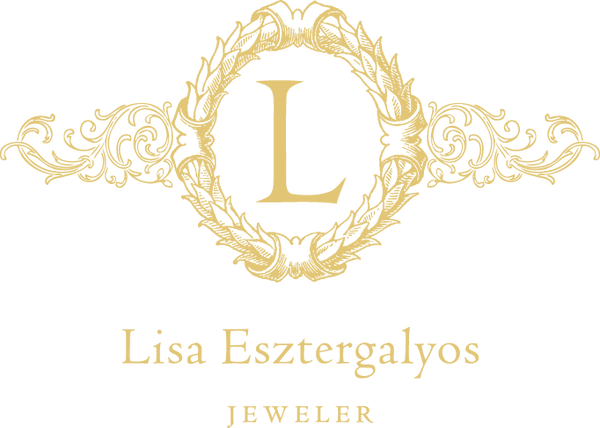News
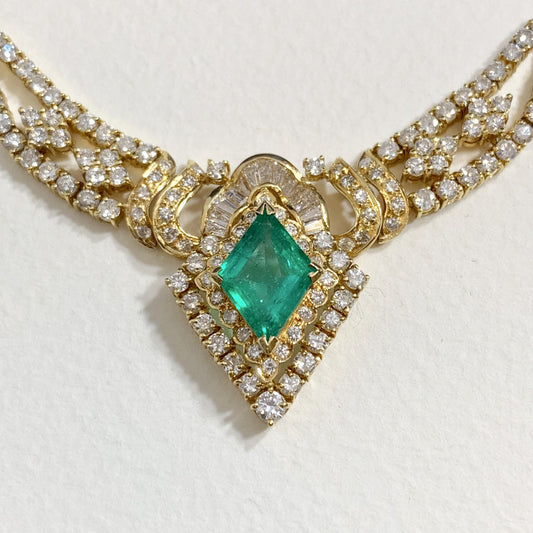
MAY BIRTHSTONE: EMERALD
“All the green of nature is concentrated within the Emerald.” -St. Hildegard of Bingen For the month of May, we have a gemstone that represents the lush green of spring, with...
MAY BIRTHSTONE: EMERALD
“All the green of nature is concentrated within the Emerald.” -St. Hildegard of Bingen For the month of May, we have a gemstone that represents the lush green of spring, with...
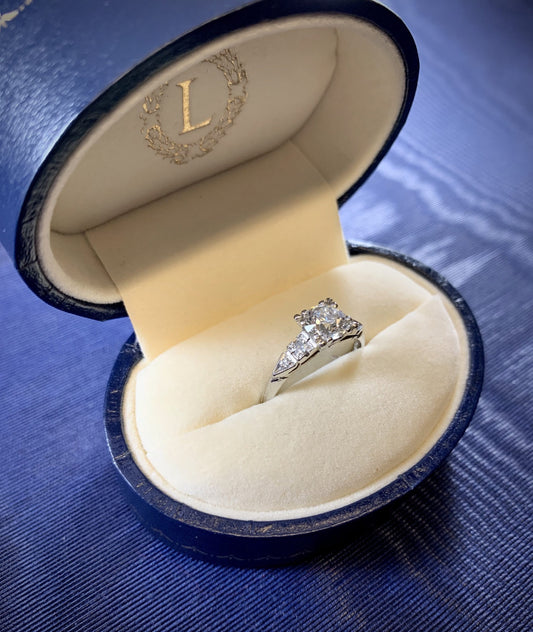
APRIL BIRTHSTONE: DIAMOND
If you have a birthday in the month of April, then the coveted diamond is your birthstone. The Greeks named this gemstone “Adamas”, meaning invincible, and the earliest recorded source...
APRIL BIRTHSTONE: DIAMOND
If you have a birthday in the month of April, then the coveted diamond is your birthstone. The Greeks named this gemstone “Adamas”, meaning invincible, and the earliest recorded source...

MARCH BIRTHSTONES: AQUAMARINE AND BLOODSTONE
For those of you with a birthday in the month of March, you have your choice of two fascinating gemstones, Aquamarine and Bloodstone. Both of these gemstones are suitable for...
MARCH BIRTHSTONES: AQUAMARINE AND BLOODSTONE
For those of you with a birthday in the month of March, you have your choice of two fascinating gemstones, Aquamarine and Bloodstone. Both of these gemstones are suitable for...
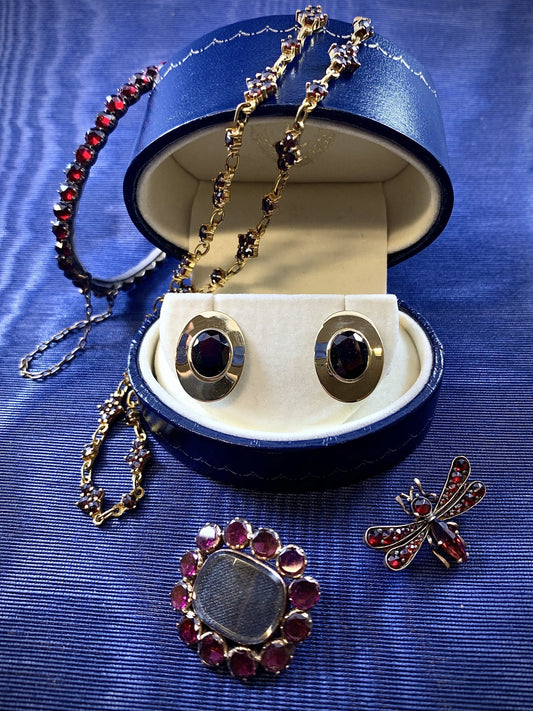
JANUARY 2020 NEWSLETTER
Above: Left, Silver hinged Bohemian garnet bracelet approx 1800’s; Center, 14k yellow gold vintage garnet earrings For those of you fortunate enough to have a January birthday, then Garnet is your beautiful...
JANUARY 2020 NEWSLETTER
Above: Left, Silver hinged Bohemian garnet bracelet approx 1800’s; Center, 14k yellow gold vintage garnet earrings For those of you fortunate enough to have a January birthday, then Garnet is your beautiful...
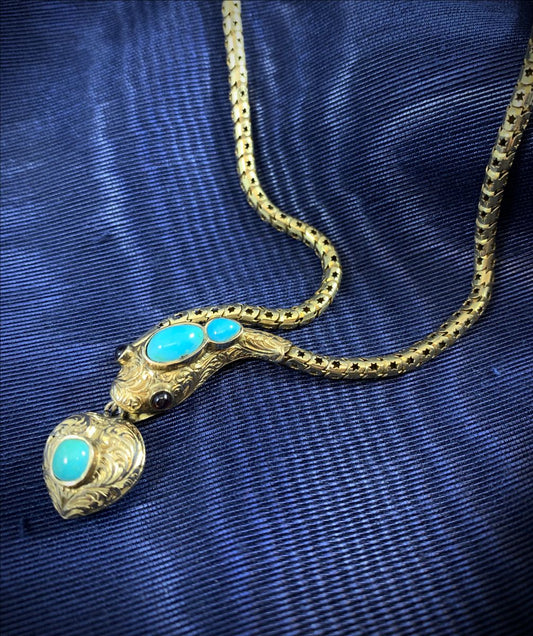
DECEMBER 2019 NEWSLETTER
For those of you that were lucky enough to be born in December, you have your choice of three birthstones! All three are in beautiful shades of blue and have...
DECEMBER 2019 NEWSLETTER
For those of you that were lucky enough to be born in December, you have your choice of three birthstones! All three are in beautiful shades of blue and have...
